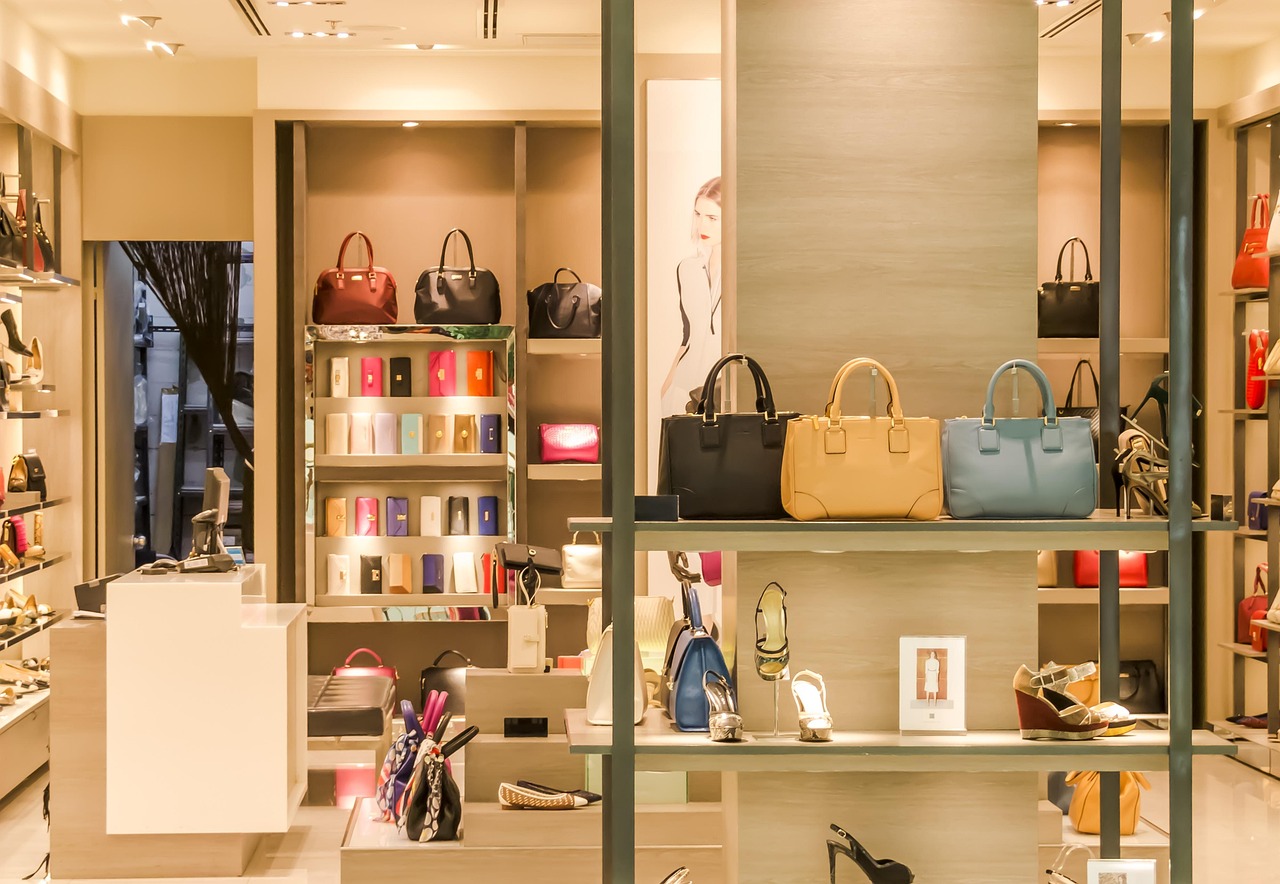
Exploring Sustainable Fashion, House of Marici stands as an accessories brand dedicated to offering eco-conscious alternatives to luxury leather handbags. Founded by Amanda Navaian on World Earth Day in 2020, the brand draws inspiration from her multicultural upbringing—having been raised in Sweden while often visiting family in Iran. This blend of cultures ignited her commitment to sustainability and ultimately led to the creation of House of Marici, where elegant designs are crafted from innovative, plant-based materials.
Read more about Beauty products
Read more about Sustainable Fashion Brands
Amanda Navaian, the founder of House of Marici, explains: “My idea for a sustainable brand began in 2018 when I discovered Piñatex, a leather substitute made from pineapple leaves. I was amazed by it. Developed by an entrepreneur named Carmen Hijosa, Piñatex is made from the by-products of pineapple farming in the Philippines, creating a soft, plant-based material that I now incorporate into all my collections. To me, genuine sustainability means using natural resources that are native to the Earth, rather than relying on synthetic alternatives.”
Sustainable fashion refers to initiatives within the Exploring Sustainable Fashion industry aimed at minimizing its environmental footprint, safeguarding workers’ rights, and promoting animal welfare. Sustainability in fashion involves various factors, such as reducing carbon emissions, tackling overproduction, cutting down on pollution and waste, preserving biodiversity, and ensuring garment workers receive fair wages and work in safe conditions.
A 2020 study revealed that voluntary, self-managed efforts by large corporations to lessen the environmental impact of textile supply chains were largely ineffective. To bring about genuine change in fashion production, beyond superficial eco-friendly claims, it is necessary to implement policies that establish and enforce standardized certifications, alongside import regulations, subsidies, and interventions like eco-tariffs.
Each year, approximately 92 million tonnes of textile waste are generated, with much of it ending up in landfills and oceans.
Around 60% of the materials used in clothing are plastic, according to the United Nations Environment Programme – with plastic-based fabrics such as polyester, acrylic, and nylon frequently appearing on clothing tags.
From reducing greenhouse gas emissions and sourcing renewable energy to offering repair services and refurbished products, the industry is making strides. Since 2018, Gucci has been carbon neutral in both its operations and its entire supply chain. In 2021, the brand took it a step further, adopting a nature-positive approach that aims to protect and restore forests and mangroves while investing in regenerative farming practices.
Today’s consumers are more knowledgeable and environmentally aware than ever. They’re not only interested in high-quality products but also in companies that align with their personal values and environmental concerns.
Eco-conscious branding fosters trust and loyalty among these buyers, offering businesses a strategic advantage. It also helps reduce the risks linked to environmental laws and the increasing push for openness and corporate responsibility.
Modern workers — particularly millennials and Gen Z — are drawn to organizations that prioritize social and ecological impact. This branding strategy can also spark innovation by motivating companies to explore newer, greener ways of operating.
The apparel industry plays a significant role in the global economy, valued at approximately USD 1.3 trillion and providing employment to over 300 million individuals throughout its supply chain (Ellen MacArthur Foundation). Over the past two decades, worldwide fibre output has nearly doubled, rising from 58 million tonnes in 2000 to 116 million tonnes by 2022, with projections indicating a further increase to 147 million tonnes by 2030 if current trends persist (Textile Exchange 2023). Between 2000 and 2014, consumers purchased 60% more clothing, yet the lifespan of these garments was cut in half (McKinsey & Company, 2016).
Despite the rapid growth of the Exploring Sustainable Fashion industry, it faces mounting criticism for its vast environmental footprint. It ranks as the second-largest user of water and contributes between 2% and 8% of global greenhouse gas emissions.
In 2024, consumer interest in Exploring Sustainable Fashion is evolving. Modern shoppers are no longer solely focused on staying up to date with trends; instead, they are becoming increasingly conscious of the environmental and ethical consequences tied to their clothing decisions. According to the Mintel UK Fashion & Sustainability Market Report, 57% of UK consumers now place sustainability at the forefront of their fashion buying habits, indicating a wider societal shift toward responsible consumption.
As this consciousness deepens, more consumers are questioning where their clothes come from, what materials they are made of, and how the Exploring Sustainable Fashion industry affects both people and the planet. As a result, fashion companies that fail to embrace sustainable methods are facing growing demands to align with these shifting consumer values. In today’s dynamic landscape, sustainability is no longer just a trendy term—it has become a vital pillar for the future of fashion.
Sustainable fashion goes beyond just creating eco-friendly products—it requires a fundamental transformation in how society perceives clothing and consumption. In contrast to the fast fashion model, a growing movement among nonprofits, shoppers, and brands is embracing slow fashion. This approach promotes ethical production practices that honor human rights, environmental health, and animal welfare. The World Resources Institute, a leading environmental research organization, recommends that instead of focusing solely on rapid output and financial gain, businesses should decelerate, experiment, and commit to circular business models that prioritize textile reuse and extend the life of garments. Furthermore, government bodies need to place a stronger emphasis on regulating the fashion industry to encourage sustainability. Harmful fashion companies should not be allowed to move operations abroad to escape environmental and labor standards. There must be globally enforced baseline requirements for worker safety and ecological impact, established by an international regulatory body, with penalties and closures for noncompliance.
The landscape of fashion sustainability in 2025 is marked by ongoing advancements and shifts. One of the most notable developments is the consistent increase in global fiber output across sectors such as clothing, footwear, household textiles, technical fabrics, and hygiene products.
As highlighted in the most recent Materials Market Report by Textile Exchange, worldwide fiber production hit a record high of 124 million tonnes in 2023, with projections indicating it could climb to 160 million tonnes by 2030 if current patterns persist.
However, fiber use comes with considerable environmental consequences, including carbon emissions, heavy water and pesticide usage, and microplastic pollution. Complicating the issue, industry priorities are frequently sidetracked by factors like inflation, international conflicts, and the growing influence of artificial intelligence.
Checklist to Get Ready for a Job Application:
- Refresh your CV
- Update your LinkedIn profile
- Gain relevant experience (if possible)
- Expand your knowledge base
- Conduct informational interviews
If you’re not familiar with informational interviews, they’re a fantastic way to grow your network, gain insights from professionals in the field, and connect with people at companies you admire. It involves reaching out to individuals currently working in roles you aspire to or at organizations you’re interested in, with the goal of learning from their experience.
The goal of an informational interview is to be inquisitive and absorb as much insight as possible. Ask thoughtful questions, and before wrapping up, inquire if there’s anyone else they recommend you speak with. Try not to directly ask for a job—this can make the interaction feel transactional. Instead, aim to build a meaningful connection, which could naturally open doors to opportunities or referrals down the line.
Secondhand and vintage shops are like hidden gems—offering distinctive, high-quality pieces. These items add personality to your wardrobe while encouraging eco-friendly shopping choices. Opting for pre-owned clothing helps cut down on waste by giving existing garments a second chance and supports a circular fashion system, where clothing is reused rather than discarded. If you’re in Paris, we highly recommend stopping by Love & Dress for standout finds and tailored styling advice.
By incorporating secondhand shopping into your fashion habits, you help the planet while curating a wardrobe full of original pieces. Fabric selection also plays a crucial role in sustainability. Materials like recycled polyester and organic cotton are more eco-conscious because they require less water, energy, and other resources. Additionally, some sustainable brands use natural dyes, which are much gentler on the environment than synthetic ones.



